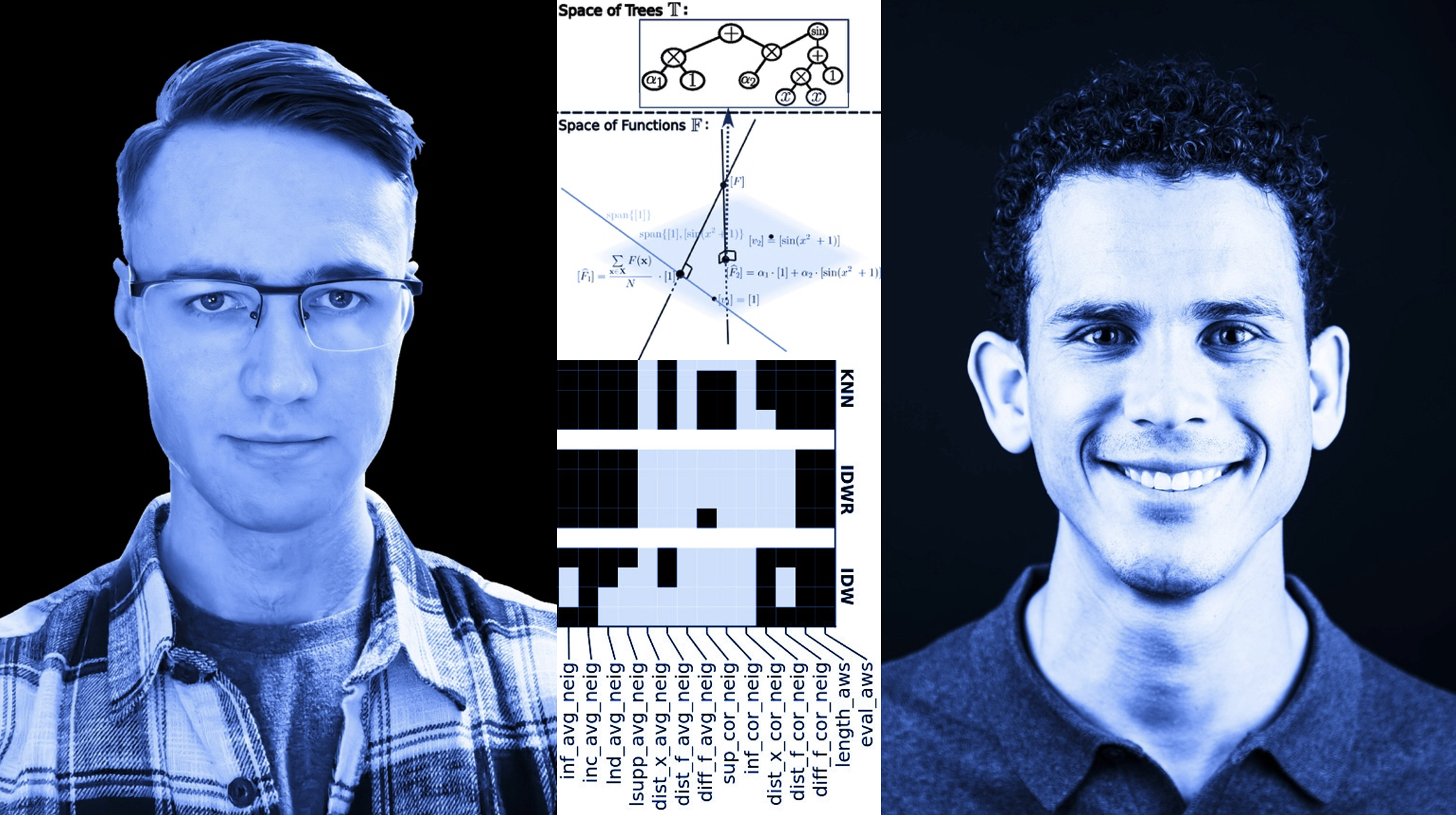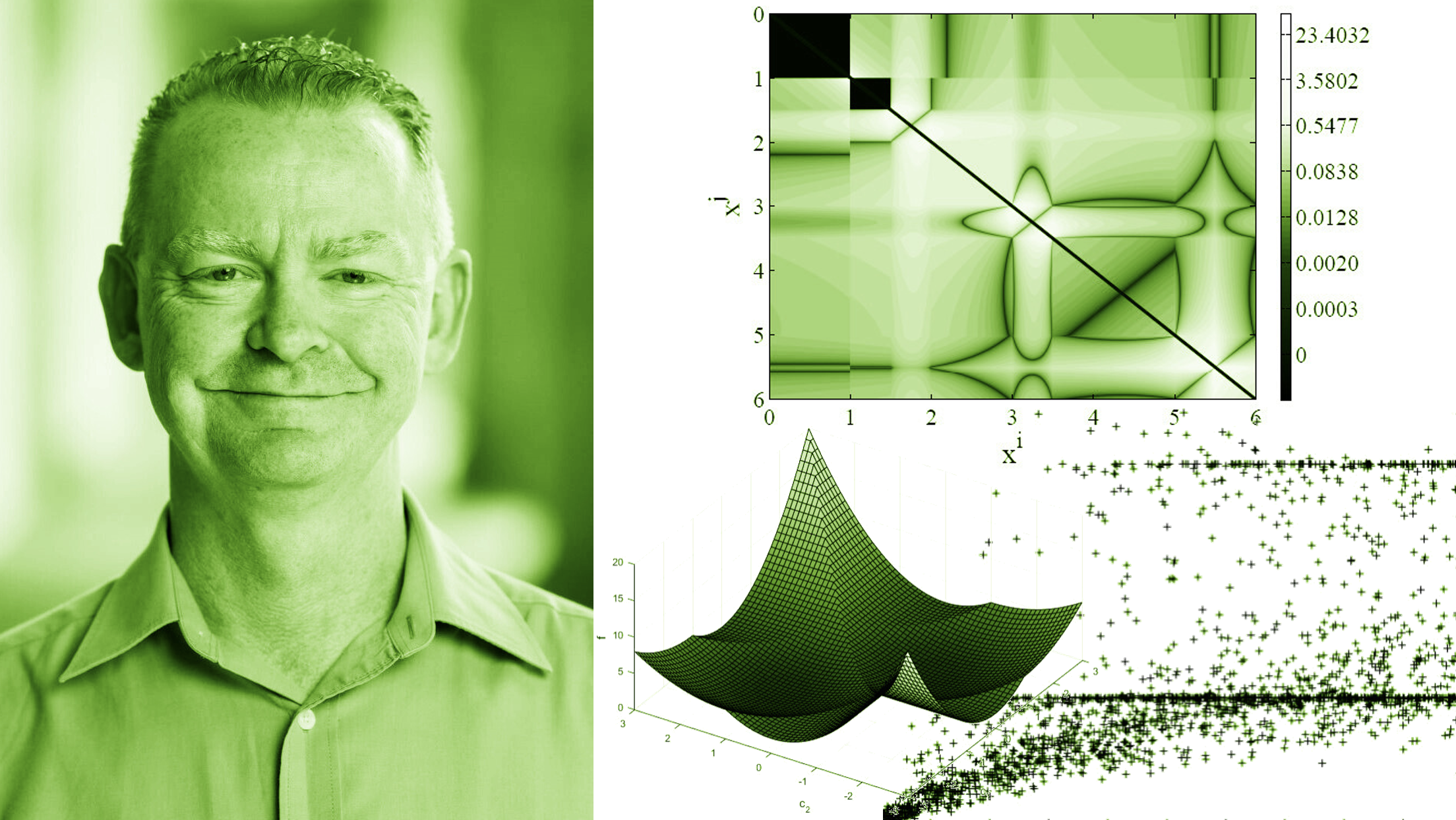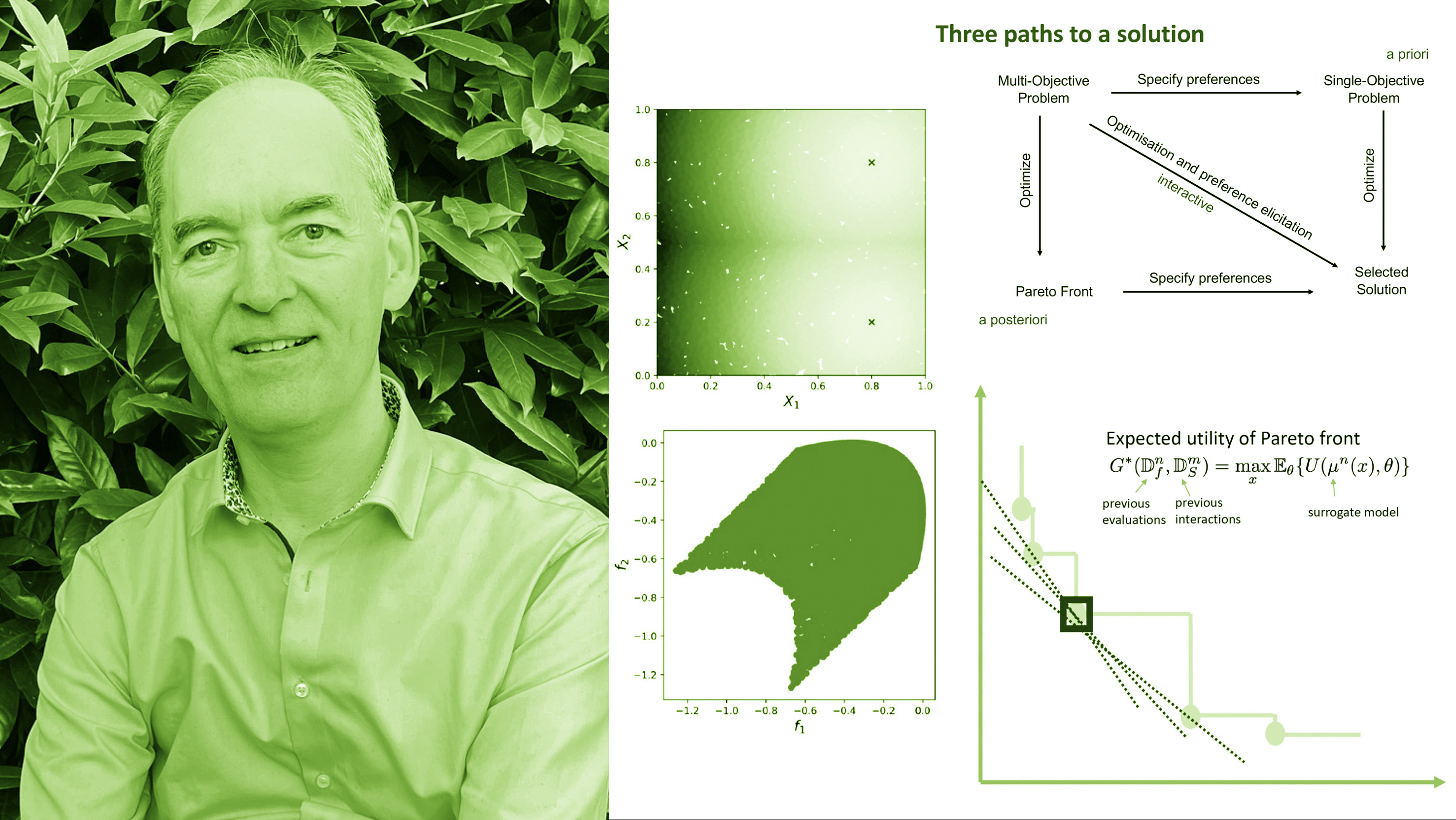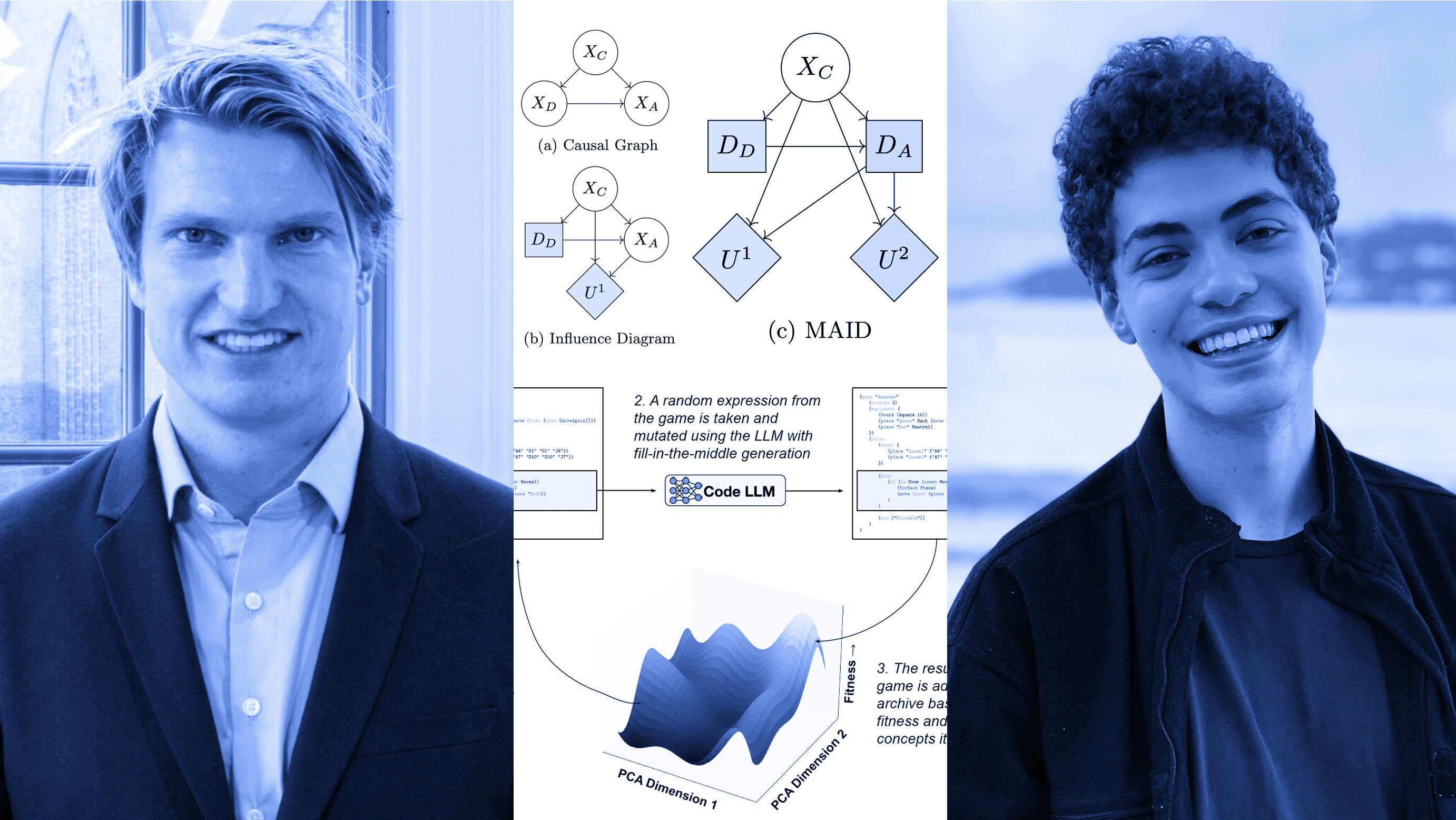The eighteenth lecture takes place on the 16th of October 2024 at 4:30 PM (CET), virtually.
The zoom link to attend the lecture is: https://universiteitleiden.zoom.us/j/65211460428?pwd=GGgaV1qbEw4xXS6ro1OkxHsS3Y5GoL.1.
The lecture features Ph.D. candidates Kirill Antonov and Cedric Rodriguez.
Talk 1: A Functional Analysis Approach to Symbolic Regression
Kirill Antonov, Leiden University
Symbolic regression (SR) poses a significant challenge for randomized search heuristics due to its reliance on the synthesis of expressions for input-output mappings. Although traditional genetic programming (GP) algorithms have achieved success in various domains, they exhibit limited performance when tree-based representations are used for SR. To address these limitations, we introduce a novel SR approach called Fourier Tree Growing (FTG) that draws insights from functional analysis. This new perspective enables us to perform optimization directly in a different space, thus avoiding intricate symbolic expressions. Our proposed algorithm exhibits significant performance improvements over traditional GP methods on a range of classical one-dimensional benchmarking problems. To identify and explain the limiting factors of GP and FTG, we perform experiments on a large-scale polynomials benchmark with high-order polynomials up to degree 100. The insides discovered in this work open the way for developing GP systems with a mathematical basis and further advancements in the related areas of explainable machine learning.
Talk 2: Temporal True and Surrogate Fitness Landscape Analysis for Expensive Bi-Objective Optimisation
Cedric Rodriguez, Leiden University Medical Center
Many real-world problems have expensive-to-compute fitness functions and are multi-objective in nature. Surrogate-assisted evolutionary algorithms are often used to tackle such problems. Despite this, literature about analysing the fitness landscapes induced by surrogate models is limited, and even non-existent for multi-objective problems. This study addresses this critical gap by comparing landscapes of the true fitness function with those of surrogate models for multi-objective functions. Moreover, it does so temporally by examining landscape features at different points in time during optimisation, in the vicinity of the population at that point in time. We consider the BBOB bi-objective benchmark functions in our experiments. The results of the fitness landscape analysis reveals significant differences between true and surrogate features at different time points during optimisation. Despite these differences, the true and surrogate landscape features still show high correlations between each other. Furthermore, this study identifies which landscape features are related to search and demonstrates that both surrogate and true landscape features are capable of predicting algorithm performance. These findings indicate that temporal analysis of the landscape features may help to facilitate the design of surrogate switching approaches to improve performance in multi-objective optimisation.
 JoLEA
JoLEA



